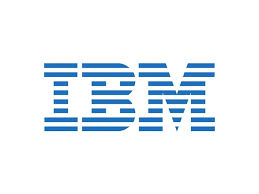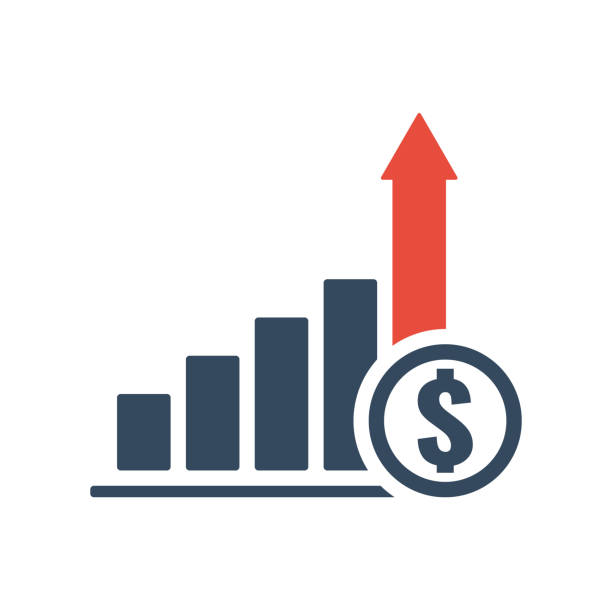What is SWOT Analysis? Who needs it and how to do it
By Debbie Gregory.
What is a SWOT Analysis?
Who needs it and how to do it – Part 1
SWOT stands for Strengths, Weaknesses, Opportunities, and Threats. A SWOT analysis is a simple but powerful tool to help your business succeed, develop your business strategy, and pinpoint what you need to prioritize in order for your business to grow.
Strengths & Weaknesses refer to the internal challenges and opportunities your business faces. These are things that you have the most control over and can easily change – like patents your company may need or already has, employees you hire, the management team, etc.
Opportunities & Threats refer to external challenges that are not within your control and may not be easily changed. The general rule here is that you can find and take advantage of opportunities while trying to protect against threats but you cannot change their existence or occurrence. These include prices of materials, shopping trends, competitors, etc.
Regardless of the size of your company, from the largest multibillion dollar corporation to the small mom and pop shop down the street, you can benefit from a SWOT analysis. For the best results, you will want to gather a group from all areas of the company to perform the SWOT to ensure different perspectives. The sales team will have a different outlook than the marketing team or the engineering team. You can even pull in people from outside of the company to give input as a customer or vendor.
Once you have your SWOT team assembled you will then organize your top Strengths, Weaknesses, Opportunities, and Threats into an organized list on a simple 2-by-2 grid as seen in the table below:
| SWOT ANALYSIS | |||
| S | -Strength #1 | W | -Weakness #1 |
| -Strength #2 | -Weakness #2 | ||
| -Strength #3 | -Weakness #3 | ||
| O | -Opportunity #1 | T | -Threat #1 |
| -Opportunity #2 | -Threat #2 | ||
| -Opportunity #3 | -Threat #3 | ||
A SWOT analysis will force you to look at your business in different ways and from new directions. It will give you a clear picture of your current abilities, where you need to work on things, threats facing you in the market, and ways to take advantage of potential avenues for sales or increased revenue.
We encourage you to also read Part 2 that will provide more detail on how to gather your team, pose some sample questions to ask, and give a few pointers on where to go with the information after performing the analysis. Stay tuned!
Veteran and Military Business Owners Association, VAMBOA,












